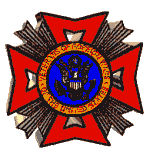
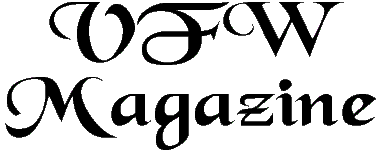
 From its earliest days, the VFW has recognized the
need to communicate with its members about organizational and veterans' issues. In the
beginning, the group was small enough that communication could be accomplished by word of
mouth. But as membership swelled and posts were established all across the country, the
organization had to turn to written communication to keep its members informed.
From its earliest days, the VFW has recognized the
need to communicate with its members about organizational and veterans' issues. In the
beginning, the group was small enough that communication could be accomplished by word of
mouth. But as membership swelled and posts were established all across the country, the
organization had to turn to written communication to keep its members informed.
The first publication of what is now the VFW was published by the American Veterans of Foreign Service and took its title from that organization. Because early issues were not always given a volume or serial number, it is difficult to pinpoint exactly when the first issue was released. Most likely, however, the first issue of the American Veteran of Foreign Service Magazine was released about October 1904.
James Romanis was the first editor of this early publication and also one of the owners of the Service Publishing Company of Columbus, Ohio, which printed it. Romanis relied heavily on articles in this magazine to drum up support for the merger of the eastern and western branches of the AVFS. After the merger was successfully completed, the magazine folded. The magazine was later resurrected and renamed The American Veteran of Foreign Service Journal. Because this publication was sold on a subscription plan to a very limited number of members, it was constantly in financial troubles. In 1910, it was discontinued once again, only to be resurrected in September 1912, with William E. Ralston as editor. This magazine lasted until the AVFS merged with the Army of the Philippines a year later.
Shortly before the merger, the Army of the Philippines also got into the publishing act. Early in June 1912, National Historian Julian E. Duvall of Norton, Kansas, started publishing a newspaper titled The Philippine Veteran. This publication, billed as the "Official Publication of the Army of the Philippines," was short-lived. After the merger, it continued for several months as The Veteran then ceased with the January 1914 issue.
When the fifteenth Annual Encampment assembled in Pittsburgh on September 14, 1914, the newly combined memberships of the AVFS and the Army of the Philippines adopted the name Veterans of Foreign Wars of the United States. To keep its members informed, the group appointed Julian Duvall editor and publisher of its new official publication: Foreign Service magazine.
From the start, this revived Foreign Service was plagued with problems. It depended upon subscriptions for support, but only a small number of the members were interested enough to subscribe. In addition, the paper's limited and special circulation made it difficult to find advertisers. Soon Duvall began to lose money on the venture.
To bail out the floundering magazine, the VFW worked out an agreement with the American Standard, a newspaper published by the National Tribune publishing company and already distributed to many other veteran's groups. At a cost of 20 cents per member per year, the American Standard agreed to send a copy of the paper once a month to each VFW member in good standing. In each issue, the VFW was to have two pages to itself, edited by William E. Ralston.
Within a few months, it was apparent that this was not to be a happy association. In order to continue to appeal to its older readers, many of them Civil War veterans, the Standard started editing the VFW news down to the bone. The Standard's editorial staff did not seem to understand what the VFW members wanted to see in print and often ignored what editor Ralston sent in. Highly dissatisfied, the VFW severed its arrangement with the Standard and once again began publishing Foreign Service on its own. The first issue of the new Foreign Service appeared in September 1915 as Volume V, No.1. Shortly after the printing of Foreign Service was resumed by the VFW itself, the required subscription payment was dropped and the publication was sent free to each member in good standing.
Foreign Service really came into its own after Barney Yanofsky assumed the editorial reins. Yanofsky, a native of London who came to this country as a child, had previously worked as a reporter and managing editor with the Fremont, Nebraska, Tribune. In December 1926, he was named editor, director of publications and publicity with the national staff of the VFW. While editor of Foreign Service, his editorials "set a new standard for veterans publications"-at least in Billman's opinion.
In 1949, publicity functions were separated from the publications department. Yanofsky continued, however, as editor and director of publications. During Yanofsky's editorship, subscriptions to the national magazine grew from 60,000 to over 1.3 million, as did the VFW's membership. During the 1952 to 1953 year, the name of the magazine was changed from Foreign Service to VFW Magazine.
Upon Yanofsky's death on January 30, 1962, John Smith, the VFW's Director of Public Relations, was assigned the additional duties of editor and publisher of the VFW Magazine. In 1982, the positions of Director of Publications and Director of Public Relations were again separated. John Smith continued as publications director, while Wade W. LaDue, a retired army officer, took over as public relations director. When Smith retired in April 1986, LaDue took on both jobs.
In December 1986, James K. Anderson became editor of the VFW Magazine. After his retirement in 1989, Richard L. Kolb, a former freelance writer and editor, replaced him.

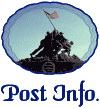


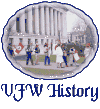

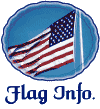

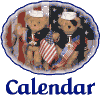
 E-Mail
E-Mail